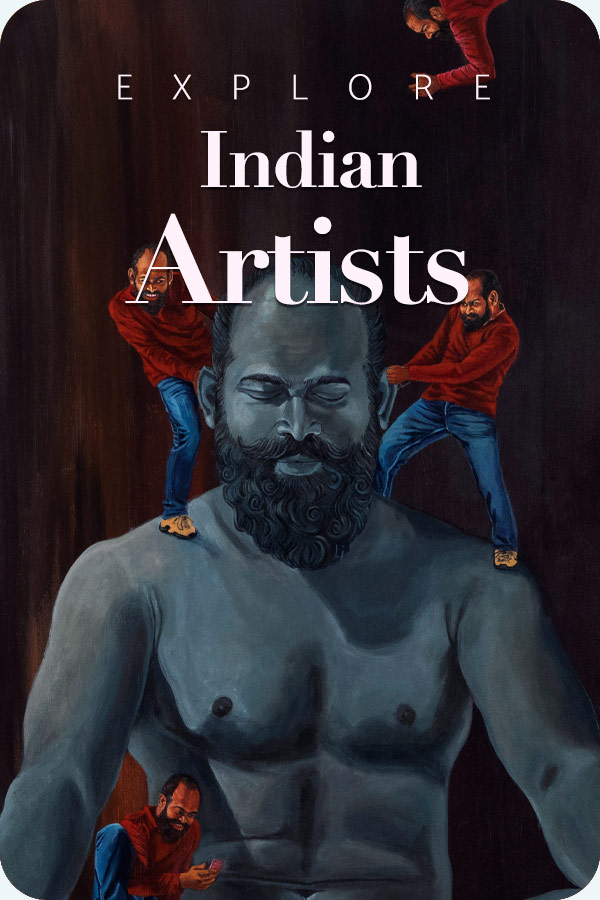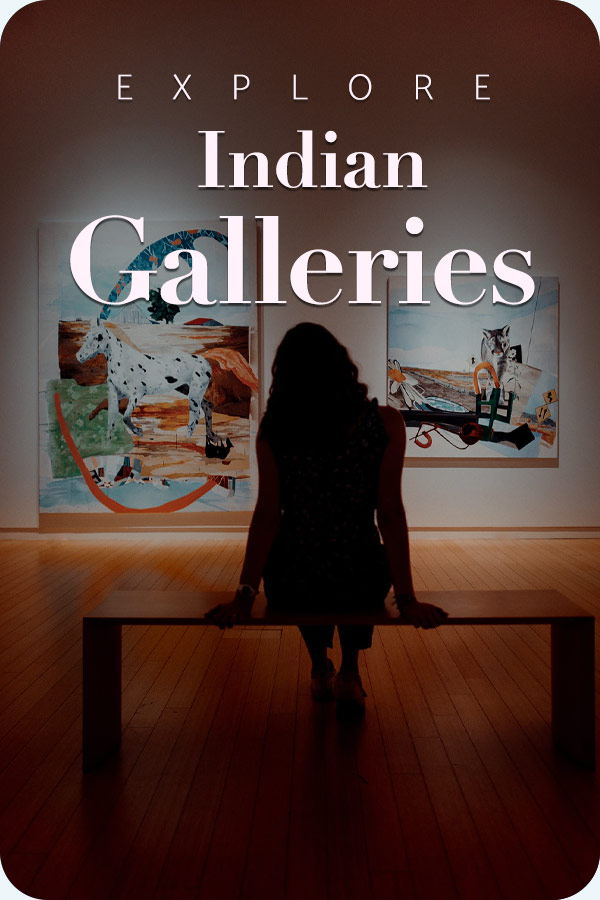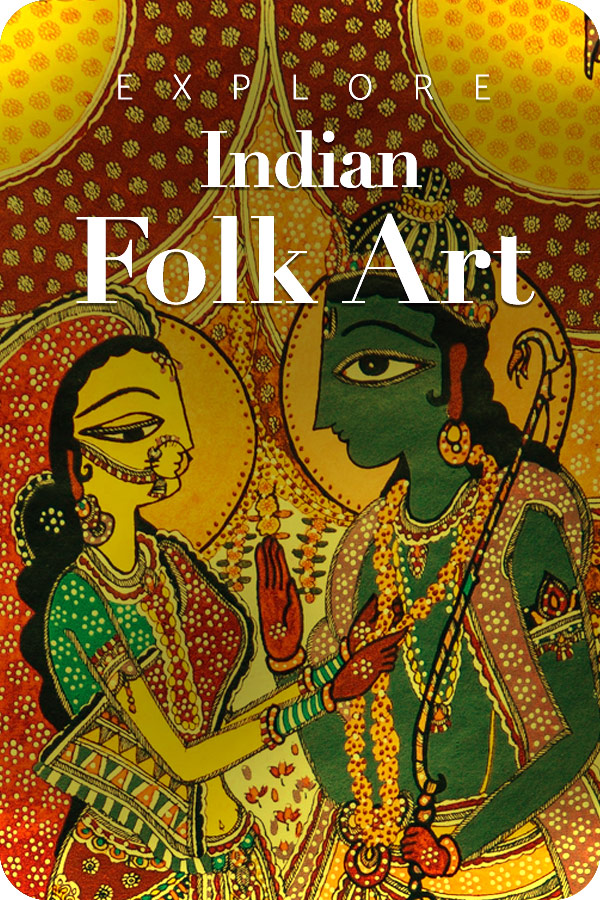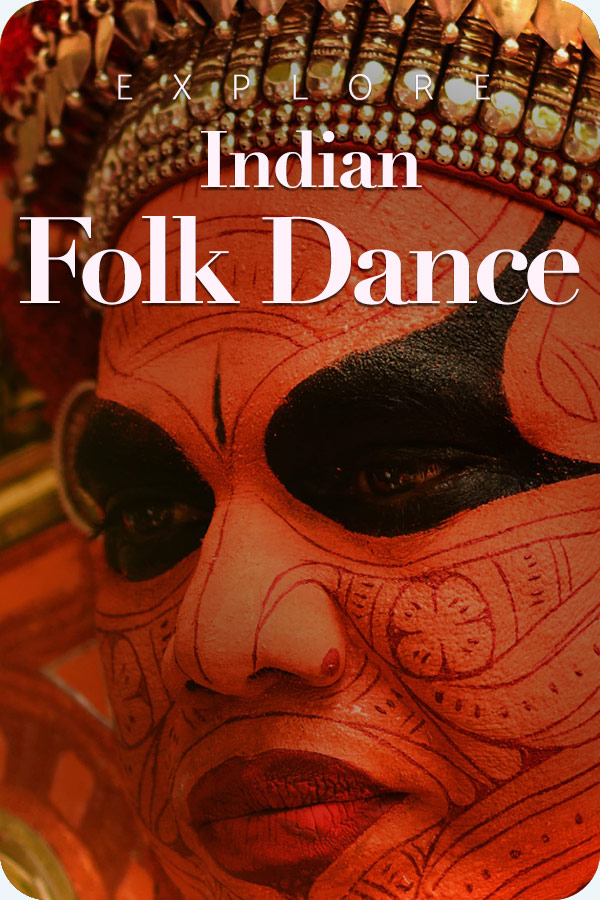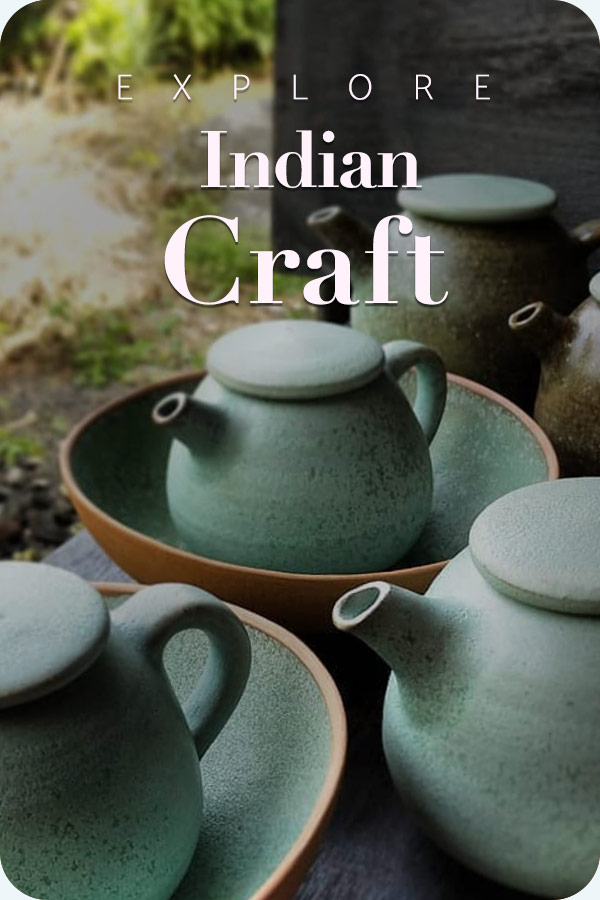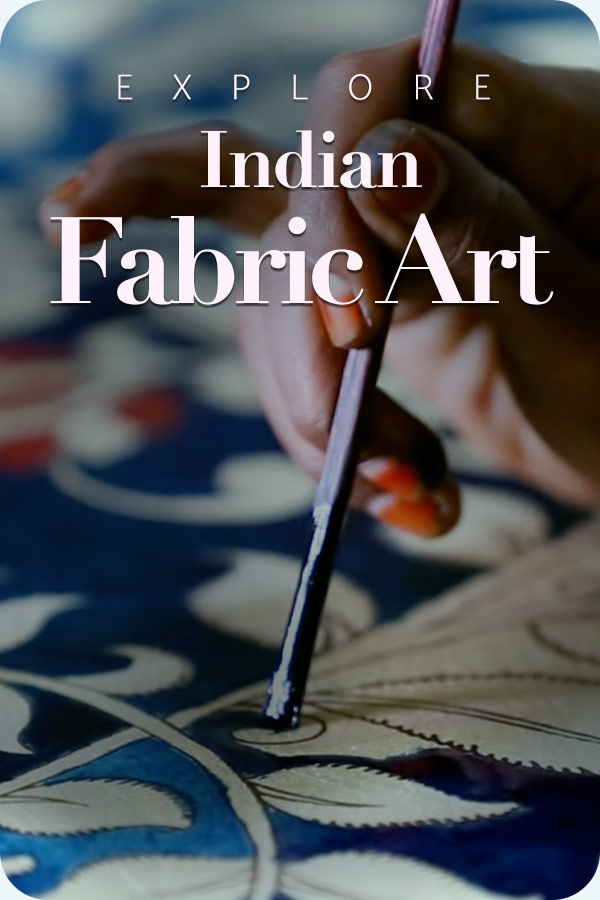
Karnataka is home to a plethora of unique landmarks, historical structures, lush woods, breathtaking geographical splendor, as well as a thriving culture. This is a diverse state where you can have a one-of-a-kind experience. Bengaluru, formerly known as Bangalore, is the state’s capital and an IT hub. Coorg, Mysore, Hampi and Pattadakal, Bijapur, and other Karnataka places are worth visiting. Other areas of importance in Karnataka include the Bandipur, Nagarhole, and Dandeli wildlife sanctuaries, as well as the Ranganathittu Bird’s Sanctuary. Handicrafts of Karnataka, like everything else in the state, are among the most sought-after items for tourists due to their distinctiveness.
The majority of handicrafts of Karnataka are made utilising traditional methods, which has proven to be a symbol of great craftsmanship for Karnataka artists. Karnataka’s temples and monuments are live displays of stonework and the state’s artisans’ mastery of their profession. Furthermore, these crafts have been passed down down the centuries. Paintings, ivory carving, sandalwood crafts, Mysore silk, and other unique crafts may be found in Karnataka. Furthermore, Udupi metalwork is renowned for its meticulous craftsmanship.
1. Stone Carving

Stone carving has a rich history in Karnataka, encompassing back to the temple architecture of the Hoysala era. Soapstone is abundant in Karnataka’s southern districts, which has resulted in the development of talented artisans in those areas. Carving is such a distinctive and well-mastered art that an expert in this field can determine the type of stone only by listening to the sound it makes when pounded.
Numerous households involved in the occupation of stone cutting and carving can be found in Heggadadevankote near Mysore district and Harapanahalli Taluk in Davanagere district. Karkala in the Udupi District is notable for black granite sculptures, whilst Shivarapatna in the Kolar District is famed for deity sculptures carved out of soft stone and naga stones. When performing stone carvings in various villages throughout Karnataka, the specialists strictly adhere to the Dhyana Slokas’ guidelines.
2. Toy Making

Karnataka is a state in India’s southern peninsula that is well-known around the world as a centre for traditional Indian art and culture, including the strange art of doll creation. In terms of style and presentation, the art is one-of-a-kind. The ability of Indian craftsmen, particularly those from the state of Karnataka, to transform ordinary items into magnificent works of art is a distinguishing trait of their work.
As Dasara approaches, the production of dolls in Karnataka picks up. It’s the moment when the dolls are uniformly organised, adorned, and displayed on wooden platforms. The dolls will be on display for nine days during the event. If you visit Karnataka during this holiday, you will notice that the people are joyful, vibrant, and in a truly joyous attitude. Craftsmen from the state’s inner communities are seen busy selling their obvious handiwork. Doll manufacturing is a traditional handicraft of Karnataka that often includes multiple generations. Even tiny children are busy constructing dolls with their parents and grandparents in a Karnataka village, which is a fascinating sight
Suggested Read – Photo Feature – A Day with Channapatna Toy Makers
Channapatna toys are a unique type of toy made in the small town of Channapatna in the Indian state of Karnataka. In this method, traditional ivory wood is used. It is trimmed, carved, painted, and polished after being chopped and formed into shapes.
To ensure that they are not hazardous to children, they are painted using vegetable dyes. The geographical indicator tag, granted by the World Trade Organization, protects this distinctive craft. Channapatna produces a large range of toys and dolls.
3. Mysore Paintings

The Mysore paintings were created in Mysore during the Wodeyar dynasty. Mysore paintings are an important part of the classical south Indian painting tradition. The paintings of Mysore are known for their elegance, unusual colour combinations, and attention to detail. It looks almost alike to paintings created in Tanjore, another city in India. In the Mysore paintings, thin gold leaves are employed. A piece of Mysore painting necessitates a great deal of patience, as well as exceptional expertise and proficiency.
Suggested Read – The Ganjifa Cards: Lost Art of the Mysore Royalty Getting Revived
The most distant objects, such as the sky, hill, and river, are painted first. The animal and human figures were then meticulously rendered. Finally, gold foil is embossed on the gesso paste (which is made by mixing zinc oxide and Arabic gum) to show detailed designs of clothes, jewellery, and architectural elements. This is unique to the Mysore painting style and a feature of Karnataka’s traditional paintings. The depictions of Hindu gods and goddesses are also commonly shown in Mysore paintings. The representation of Lord Shrinath, who is said to be the ‘avatar’ or incarnation of Lord Vishnu or Shri Krishna, is the most recognised and famous of the Mysore paintings. Lord Ganesha on his Singhasan, or throne, is another renowned and frequently seen Mysore painting.
These Mysore paintings are now highly sought after souvenirs, particularly during South Indian celebrations.
4. Ivory Carving

India, particularly the state of Karnataka, is a land of elephants, and thus a region where the skill of ivory carving has flourished. This work is unlike any other Indian handicraft in terms of style, portrayal, and, above all, beauty. Ivory carving is a popular craft in the state of Karnataka. If you go to a sculptor’s hamlet, you’ll see people of all ages working with chisels, knives, and fine files to create beautiful works of ivory art.
The gods and goddesses are mostly shown in the ivory carvings. The representations of Lord Krishna in various moods are particularly noteworthy. Images of the mother deities can also be found.
Ivory and ivory merchants are mentioned in the epics of Ramayana and Mahabharata. Because ivory is a protected material, only government-owned handicraft associations are permitted to carve it. State emporiums, such as Cauvery Handicrafts, sell delicately crafted ivory antiques.
5. Wood Carving

Karnataka’s traditional craft is wood carving, which is done on sandalwood and rosewood. Karnataka has a large forest reserve with ample raw materials for this skill. This skill necessitates dexterity, as any type of carving should be visible from any angle. All of the products have been sculpted in an elegant and realistic manner. Karnataka’s fragrant close-grained Srigandha sandalwood is famously carved in Mysore’s Gudigar, or Karnataka’s wood carving community. Carved flowers, creepers, birds, and animals are among the designs. The best sandalwood carving displays the artists’ mastery of their technique. Chennapatna’s toys are a testament to the craftsmen’s artistic abilities. Cooking containers are among the classic Channapatna toys, however, modern versions include planes, trams, vehicles, rattles, and other items.
Wood carving is prevalent in several places of Karnataka. Always remember to look at the intricately adorned timber ceilings, doors, and lintels whenever you visit the state. They have intricately etched patterns on them. The rich cultural tradition of this domain of art in the southern half of the country is reflected in this remarkable craftsmanship.
Wood carving in Karnataka showcases the traditional art of making one-of-a-kind wooden products. These woodcrafts are used for both functional and architectural purposes.
6. Sandalwood Craft

Karnataka is noted for its superbly carved figurines with detailed details, and the skill of sandalwood carving has been practised in the state for at least a thousand years. Sandalwood artisans are located in the Karnataka districts of Shimoga, Mysore, Uttara Kannada, and Bangalore. The enthralling miniatures in this golden-coloured wood are adorned with natural-inspired motifs. With ease, the soft aromatic wood may be gently carved into stunning masterpieces.
Sandalwood artefacts are the most well-known among other timber artefacts due to their beautiful carving and delicious fragrance. Such items are thought to be the most costly. The abundance of sandalwood in the forests of Mysore and the surrounding areas has made this region the most prosperous for this trade. The sandalwood carvers’ tools are relatively basic, consisting of a saw, plane, mallet hone or fine-grained hard stone, an array of different shapes and sizes of chisels, and a few engraving tools, some of which are exceedingly minute and delicate. The technique begins with the creation of a pattern on the smooth, white-washed sandalwood or on a sheet of paper put over its surface. The design is then engraved or outlined in minute detail, with the interspaces between the lines cut away, leaving the pattern in low relief; finally, the design is carved out in minute detail, with the intricacies and subtle light and shade effects preserved, as well as every desired curve, expression, and texture.
7. Embroidery in Karnataka

Likewise, in the world of crafts, Karnataka’s kasuti embroidery has made a space for itself and is generally praised by craft aficionados all over the world. Architecture, cradles and animal images are all examples of kasuti embroidery designs. The designs are typically done in two stitches, the gavanti line or double running thread and the murgi or zigzag stitch, and they have a feminine feel to them. Kasuti is mostly used to embellish sarees and blouses, and it looks best when applied to heavy fabrics in dark Indian hues.
Suggested Read – Kasuti Embroidery – A Traditional Fabric Art of Karnataka
Navalgund, in the Dharwad district of Karnataka, is famous for its brightly coloured durries. The durries are decorated with elaborate patterns and vibrant colours. The designs are frequently arranged in a geometrical pattern. They are in high demand not only within the country but also internationally. The durries are outlined in delicate floral designs, with the odd bird or animal figure thrown in for good measure. In the districts of Bijapur and Dharwad, a particular form of durrie known as sutada is produced. They’re made up of simple horizontal stripes in various colours. There are unique designs that add to the object’s significance.
8. Chittara Folk Art

Chittara folk art is a traditional kind of painting used by the Deewaru community in the coastal area of Karnataka (in and around the Shivamogga district). This art genre depicts life’s auspicious celebrations and rituals using elaborate designs and geometric patterns. It is regarded as a socio-cultural part of their lives rather than merely a job.
Ground rice paste for the white colour, roasted rice for the black, yellow seeds (from the grudge tree), red soil, and Pundi Naaru for the brushes are all-natural eco-friendly materials. To this day, the ladies of the Deewaru village proudly uphold their community’s unique culture and traditions.
9. Weaving in Karnataka

Silk and traditional weaving are popular in Karnataka. With a market share of almost 65 percent, Karnataka is the country’s top producer of mulberry silk. Similarly, the state grows a lot of cottons and generates around 20 lakh bales every year. Karnataka’s traditional weaving dates back to the eighth century. Ilkal sarees from north Karnataka have been weaved since then and have maintained their lustre. Ilkal Sarees, Mysore Silk Sarees, Udupi Cotton Sarees, and Karnataka Kasuti Sarees are among the sarees that have received Geographical Indication (GI). There are around 40000 handloom weavers and 120000 power looms in use now.
Suggested Read – Fable of A Fabulous Fabric: Mysore Silk
Karnataka’s domestic craft is weaving. Dark earthy hues are woven into cotton sarees, with deep maroon or chocolate colours used to mark the borders. There are sarees with a rudraksha pattern or a mat design in white or yellow. The pallu is commonly woven in cotton or silk in a variety of white and red hands with mounting at the two ends. Ilkal, as previously mentioned, is a unique sari from the region, produced in vibrant colours such as pomegranate, scarlet, peacock blue, parrot green, and so on.
10. Bidriware

The Bahamani Sultans, who ruled Bidar in the 14th–15th centuries, are typically credited with the invention of Bidriware. Bidriware dates back to ancient Persia. Khwaja Moinuddin Chisti’s followers carried it to India. Sultan Ahmed Shah Bahmani summoned Abdullah bin Kaiser, an Iranian craftsman, to help him decorate the royal residences and courts. As a result, the art was brought to India. Various flowers, foliage, geometric shapes, human figures, stylised poppy plants with flowers, and other embellishments are common on the products. Hookahs, paan holders, and vases were formerly manufactured from this craft, but now keepsakes, bowls, earrings, trays, ornament boxes, other jewellery, and display goods are more popular.
The metal used is blackened zinc and copper alloy inlaid with thin silver sheets. Moulds are used to create forms. The black coating on the form comes from a strong copper sulphate solution that was used to cover it. To achieve a deep black, ammonium chloride paste is also rubbed in. The engraved designs are pressed using silver wire or strips, which are subsequently buffed for lustre.
The patterns, shapes, and styles are still reminiscent of the Mughal period and are created by artists from Bidar in North Karnataka. Bidriware, on the other hand, is rapidly dwindling, with few young people wanting to take up the task. The state-owned handicrafts showrooms mostly sell ornamental items.
The beauty of handcrafted artisanal pieces is their uniqueness, which stands in stark contrast to assembly line production’s uniformity. The man-hours, commitment, and craftsmanship that go into each piece create an inexplicable relationship between the maker and the receiver. This is also why, in many cases, a handcrafted object becomes an heirloom passed down from generation to generation. It’s the ideal souvenir for everyone who wants to keep a bit of their journey with them.


